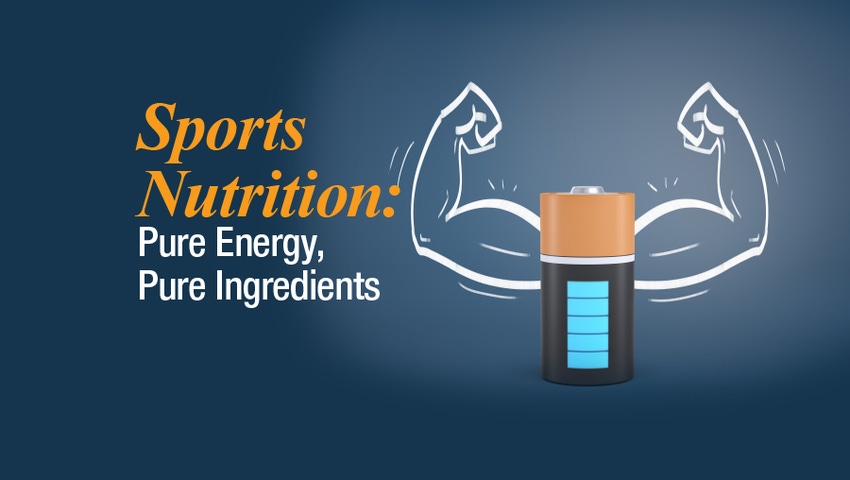Energy products have long been of great interest to athletes; however, as more consumers adopt an active lifestyle—and look for natural products to help sustain it—the market potential continues to expand.Historically, sports nutrition has been one of the fastest-growing categories, experiencing 12% compound annual growth rate (CAGR) from 2012 to 2017, with 7% CAGR anticipated through 2022. Most ingredients in the energy category target an aspect of the production of adenosine triphosphate (ATP), the energy molecule in the body’s cells. Popular ingredients include a range of amino acids, fats, carbohydrates, carotenoids, flavonoids and, of course, variations of caffeine.
March 23, 2018

Sponsored Content
Takeaways for Your Business
• Creatine contributes to energy production for intense exercise and rapid muscle development.
• Clean label demands and plant-based protein products will be key drivers in sports nutrition.
• The United States accounted for 61% of global sports nutrition sales in 2017.
Underwritten by:

Interested in learning more? Join us at SupplySide West, November 6-10, 2018 at Mandalay Bay, Las Vegas, NV.
Related workshop: Nutritional Strategies for Exercise Recovery
You May Also Like




.png?width=800&auto=webp&quality=80&disable=upscale)